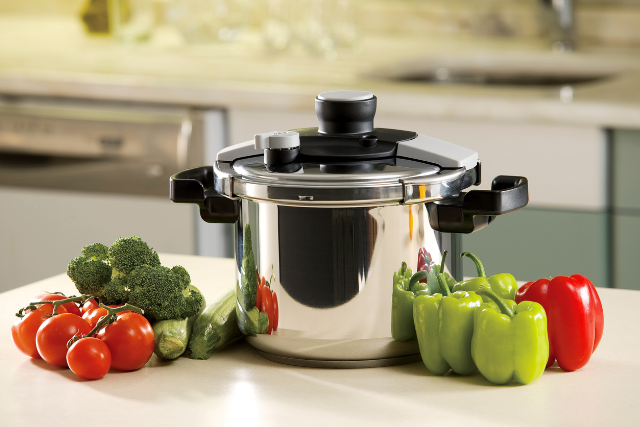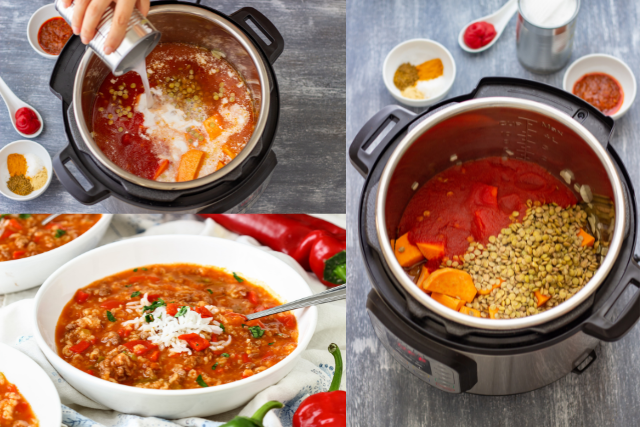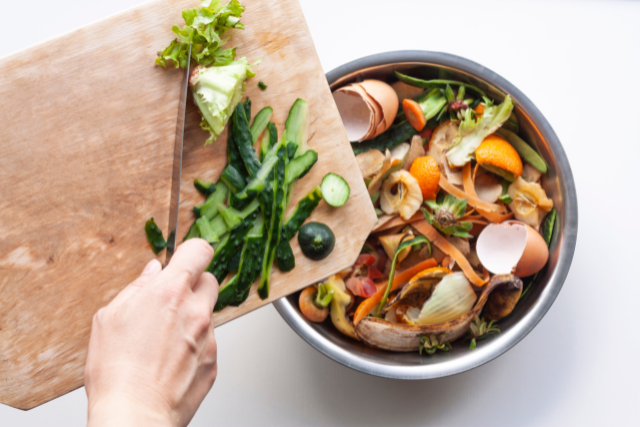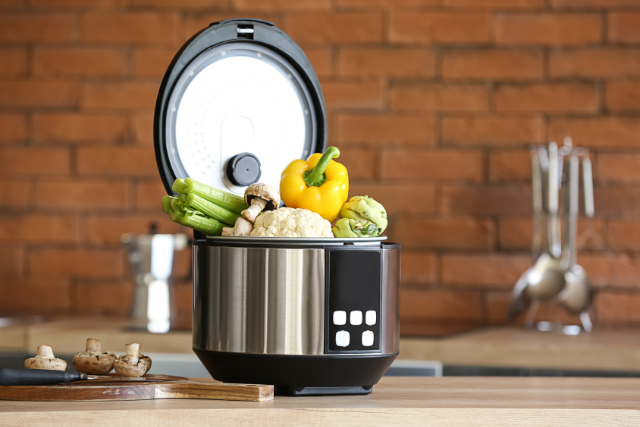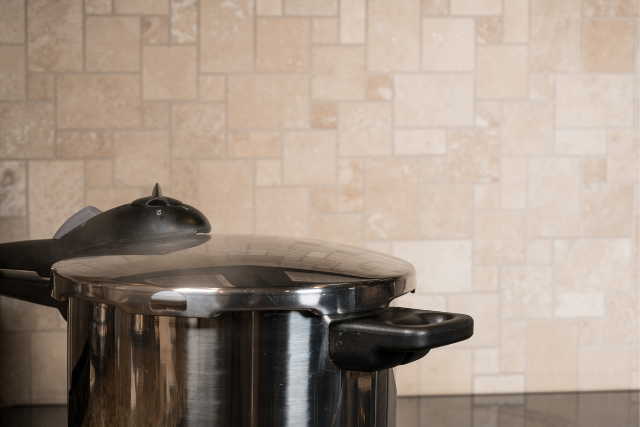Avoid cooking these food items in a pressure cooker: Safe Cooking Tips
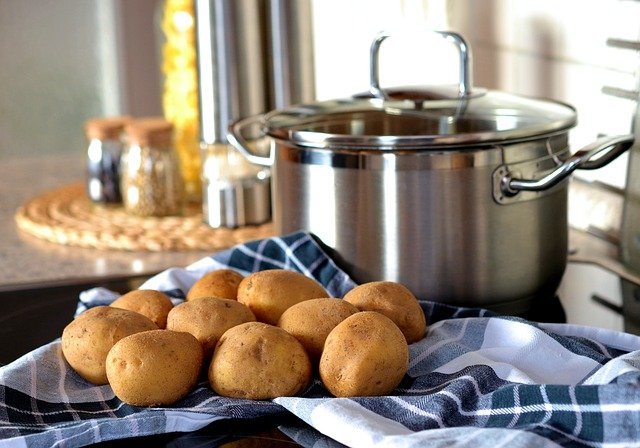
Cooking in a pressure cooker might be dangerous at times. Certain foods can cause accidents when cooked in a pressure cooker. The pressure cooker is an extremely handy gadget in today’s fast-paced world. It aids in the rapid cooking of food. However, they are unaware that it might result in severe accidents for various reasons.
Certain items should not be cooked in a pressure cooker. However, numerous different food options are both safe and healthful. A pressure cooker aids in the reduction of lectins in meals. Lectin is a carcinogenic substance that degrades the nutritional content of food by absorbing minerals. Individuals who use pressure cookers should never cook specific food products in order to avoid accidents. Consider the following food products.
Potatoes
Many of us pressure-cook our potatoes. It is the simplest and quickest method. However, potatoes contain starch, so they should not be cooked in a cooker. Cooking potatoes in a pressure cooker is hazardous to your health and can result in various health problems, such as cancer and neurological disorders. When a potato is pressure-boiled and cooled, a significant percentage of its starch is changed to a resistant form that is not entirely digested. Instead, it is utilized by the body as fiber, decreasing blood cholesterol and fat levels.
Another reason we avoid cooking potatoes in a pressure cooker is the risk of explosion, typically called an accidental potato bomb. Potatoes are dense and will desire to release steam when pressure is cooked.
Tip: Poking holes in the potato will assist the potatoes in releasing their steam, preventing any unintentional potato bombs from exploding.

Dairy products
It is recommended to avoid pressure-cooking dairy products. Due to the rapid heating of milk, foods containing milk should not be cooked in a cooker. Most milk products, like cheese and cream, will curdle in an Instant Pot, regardless of whether you use the pressure or slow cooking settings.
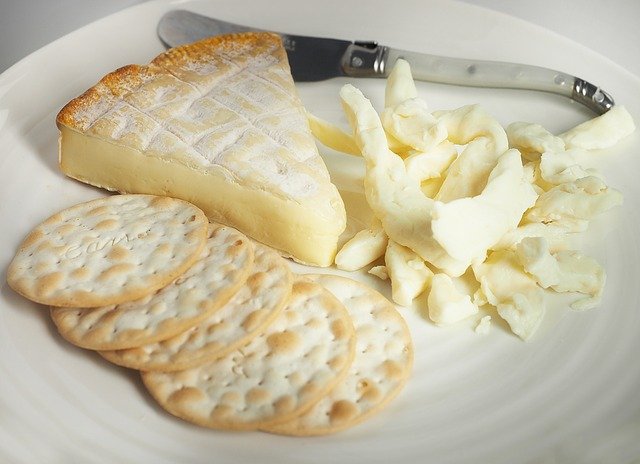
Eggs
Many enthusiastic cooks find it quickest to make hard-boiled eggs for breakfast in a pressure cooker. Add enough water to cover the eggs and cook for two whistles. When cooking eggs in a pressure cooker, there is a risk of a severe disaster. In general, boiling eggs requires a high temperature, which may result in an accident if prepared in a pressure cooker.
When cooking eggs, it is preferable to avoid using the high-pressure setting. It generates an excessively volatile atmosphere for delicate eggs, which makes them susceptible to shattering or leaking while cooking. However, you can conveniently use egg boilers to fulfill your daily breakfast needs.

Pasta
Pasta is another high-starch cuisine that should not be cooked in a pressure cooker. Preparing pasta in a pressure cooker might be hazardous to your health. It should always be prepared in a pan or boiled.
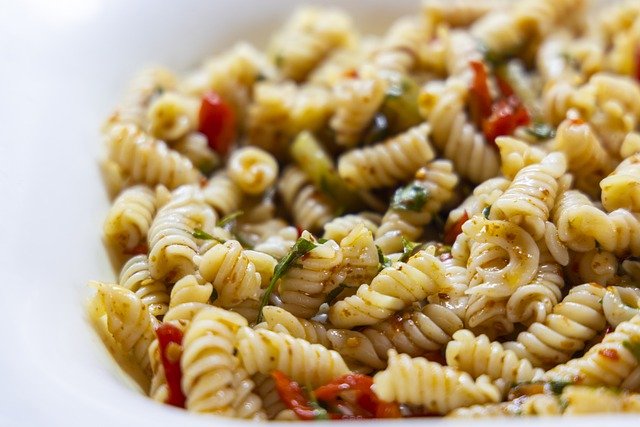
Vegetables and fruits
Seasonal fruits and vegetables are the most nutrient-dense foods available. These should not be cooked in a pressure cooker since the vitamins, minerals, and other nutrients are destroyed.
Tip: Consuming the cooking water can assist in recouping a portion of these losses.
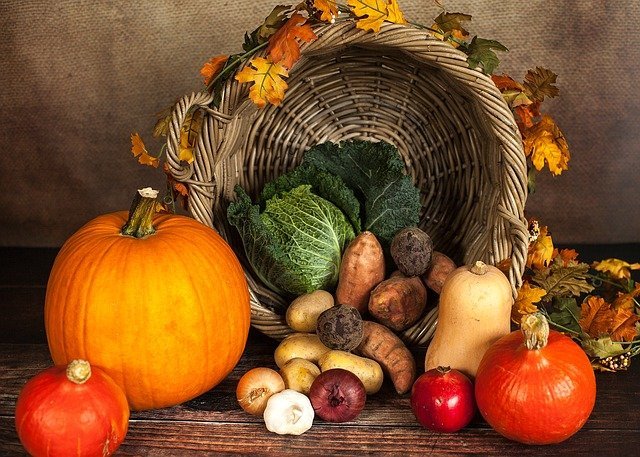
Pressure cookers demand a lot of heat, which speeds up the cooking process. It is also an enclosed method of cooking with no contact with air. As a result, the contents may remain undercooked from within, wreaking havoc on your digestion when consumed.
Slow cooking is a better cooking technique because it keeps the nutrients in the food and makes the vitamins and minerals readily available to the human body for digestion. Furthermore, most pressure cookers are constructed of aluminum, which may leach into our food if the cooker is overheated. Foods should be cooked gently at a low temperature to retain flavor and nutrients.
Frequently Asked Questions and Safe Cooking Tips
Q: Are pressure cookers safe to use?
A: Yes, pressure cookers are safe when used correctly and following the manufacturer’s instructions. Modern pressure cookers have safety features such as pressure release valves and locking mechanisms to prevent accidents.
Q: Can I leave a pressure cooker unattended while it’s cooking?
A: Leaving a pressure cooker unattended while cooking is generally not recommended. It’s essential to keep an eye on the cooker to ensure that the pressure is maintained safely and to prevent any potential mishaps. Stay near the kitchen and be attentive to any signs of excessive pressure buildup or malfunction.
Q: How do I release the pressure in a pressure cooker?
A: There are two standard methods to release pressure in a pressure cooker: natural and quick. Turn off the heat for natural release and let the pressure cooker cool down naturally. This can take some time, but it is a safe method. For quick release, carefully move the pressure release valve to the venting position using a long utensil while ensuring your hands are protected. Be cautious as the steam released is extremely hot. Always follow the specific instructions provided by the manufacturer of your pressure cooker.
Q: How much liquid should I use in a pressure cooker?
A: It is crucial to have enough liquid in the pressure cooker to generate steam and build pressure. Generally, most pressure cooker recipes require at least one cup of liquid, such as water, broth, or a combination of liquids. However, following the specific guidelines in your recipe or the instructions provided by the pressure cooker manufacturer is essential.
Q: Can I open the pressure cooker immediately after cooking?
A: You should not open the pressure cooker immediately after cooking. After cooking, it’s essential to allow the pressure to release naturally or use the quick-release method before opening the cooker. Opening the pressure cooker too soon can be dangerous due to the high pressure and temperature. Always follow the recommended pressure release methods for your specific cooker.
Q: What precautions should I take when using a pressure cooker?
A: Here are some essential precautions to keep in mind when using a pressure cooker:
- Read and follow the manufacturer’s instructions carefully.
- Ensure the pressure release valve is clean and functioning correctly before use.
- Always use enough liquid to generate steam and build pressure.
- Never overfill the pressure cooker beyond its maximum fill line.
- Regularly inspect the sealing ring for any signs of wear and tear, and replace it if necessary.
- Keep the pressure cooker away from children and pets.
- Avoid opening the pressure cooker until the pressure has been released fully.
- Use oven mitts or heat-resistant gloves to prevent burns when handling the pressure cooker.
Q: Can I cook frozen food in a pressure cooker?
A: Yes, you can cook frozen food in a pressure cooker. However, it’s important to note that frozen food takes longer to cook than thawed or fresh ingredients. Additionally, ensure that the frozen food is not stuck in large chunks to allow proper heat distribution. Follow the cooking times and instructions in your recipe, and adjust if needed based on the specific type and size of the frozen food you use.
Q: What should I do if the pressure cooker is not building pressure?
A: If your pressure cooker is not building pressure, there could be a few reasons for this:
- Check that the sealing ring is seated correctly and not damaged. Replace the sealing ring if necessary.
- Ensure the pressure release valve is in the correct position for building pressure.
- Ensure enough liquid is in the cooker per the recipe or manufacturer’s instructions.
- Check if the pressure release valve is clogged. Clean it thoroughly and ensure it moves freely.
- Check if the gasket or other parts of the pressure cooker are damaged or worn out. Replace any faulty parts as needed. If the issue persists, it’s recommended to contact the manufacturer or refer to the pressure cooker’s troubleshooting guide for further assistance.
Q: Can I use my pressure cooker on an induction cooktop?
A: Many modern pressure cookers are compatible with induction cooktops. However, not all pressure cookers are designed for induction cooking. To use a pressure cooker on an induction cooktop, ensure your base is labeled “induction compatible,” or check the manufacturer’s instructions. Following the guidelines is essential to prevent any potential damage to the cooktop or the pressure cooker.
Q: How often should I replace the sealing ring on my pressure cooker?
A: The frequency of replacing the sealing ring can vary depending on the usage and the manufacturer’s recommendations. In general, it is recommended to replace the sealing ring every 12 to 18 months or sooner if it shows signs of wear and tear, such as cracks or deformations. Regularly inspect the sealing ring before each use to ensure it is in good condition and provides a proper seal. Follow the specific guidelines provided by your pressure cooker’s manufacturer for the recommended replacement interval.

